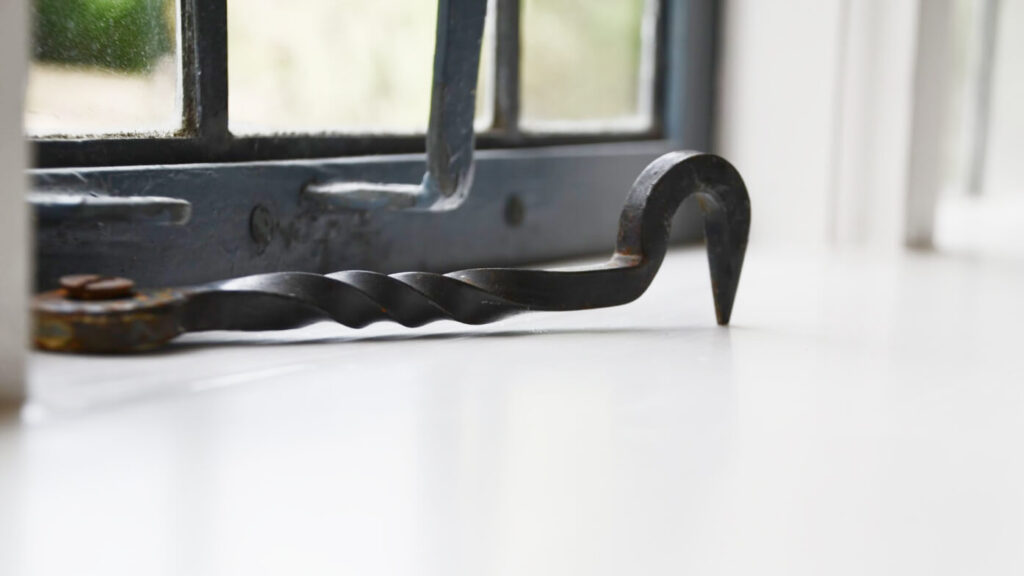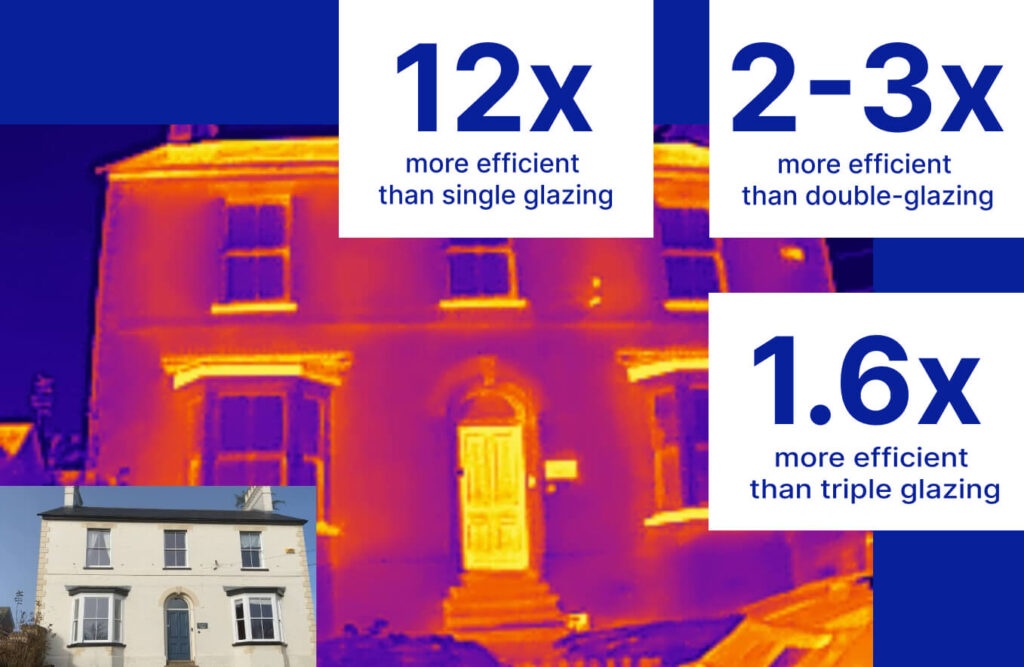
What are box sash windows?
Box Sash windows are a traditional window style consisting of one or more moving panels (sashes).
Most box sash windows have two sashes that move vertically, offering an opening at the top and bottom of the frame. This feature provides excellent ventilation and, if the window is large enough, can serve as an escape route in the event of a fire.
Pulleys and weights on a sash cord inside the window frame counterbalance the sashes, allowing even large, heavy sash windows to move easily. These components are built into the box frame of each window and remain hidden from view.
Some modern windows adopt a spring balance approach, which uses the same counterbalancing principles as the weight and pulley system but with a PVC tube and two springs.
Thanks to their contemporary appearance, timber box sash windows are very popular in conservation areas and period properties.
A brief history of timber sash windows
The traditional timber sash window dates back to the 13th century, when people would have sliding wooden shutters. It wasn’t until 300 years later that sash windows were glazed and started to look like the wonderful designs we know today.
It is unclear who exactly invented the sash window, though many people credit the creation to Robert Hooke, an English polymath. Robert Hooke studied at the University of Oxford and is best known for “Hooke’s law“, a physics law relating to force and distance. He also coined the biological term “cell”.
In the 17th century, France made the next major advancement in sash windows with the introduction of the vertical sliding sash window. After a trip to France, Queen Mother Henrietta Maria is believed to have been the first in the UK to have a fully glazed vertical sliding window installed.
Since then, continuous tweaks and adjustments have been made to improve wooden box sash windows. Notable introductions include sash cords, counterbalance weights, pulleys, fire safety changes after the Great Fire of London, and energy-efficient modifications.
The difference between box sash and sash window
The key difference between box sash windows and standard sash windows lies in their operating mechanisms and how they manage the movement and balance of the sashes.
Box sash windows use a traditional weight and pulley system. Each movable panel, or “sash,” is counterbalanced by cast-iron weights concealed within a hollow compartment in the frame called the “box.”
These weights are connected to the sashes through a series of pulleys and strong cords. When you open or close the window, the weights move up and down inside the box frame, offsetting the weight of the sash.
This design allows for effortless movement regardless of the size and weight of the sash, making it easy to lift heavy panes without excessive force. Even if the sashes are large and fitted with double glazing, the window remains balanced and stable. This setup also prevents the sashes from slamming shut or dropping unexpectedly.
Standard sash windows, by contrast, often use a spring balance system instead of weights. In these windows, the counterbalancing mechanism involves a pair of coil springs housed in a PVC tube or a metal casing fitted within the frame.
The springs store mechanical energy when compressed or extended, which counteracts the weight of the sashes. This mechanism is less bulky than a traditional box frame and fits into slimmer profiles. However, spring balances can deteriorate over time, losing tension, which may lead to stiffer movement or difficulty in holding the sashes in place.
The differences between sash and casement windows
Whereas sash windows predominantly open vertically, casement windows open like a door. They are attached by hinges and usually open outward.
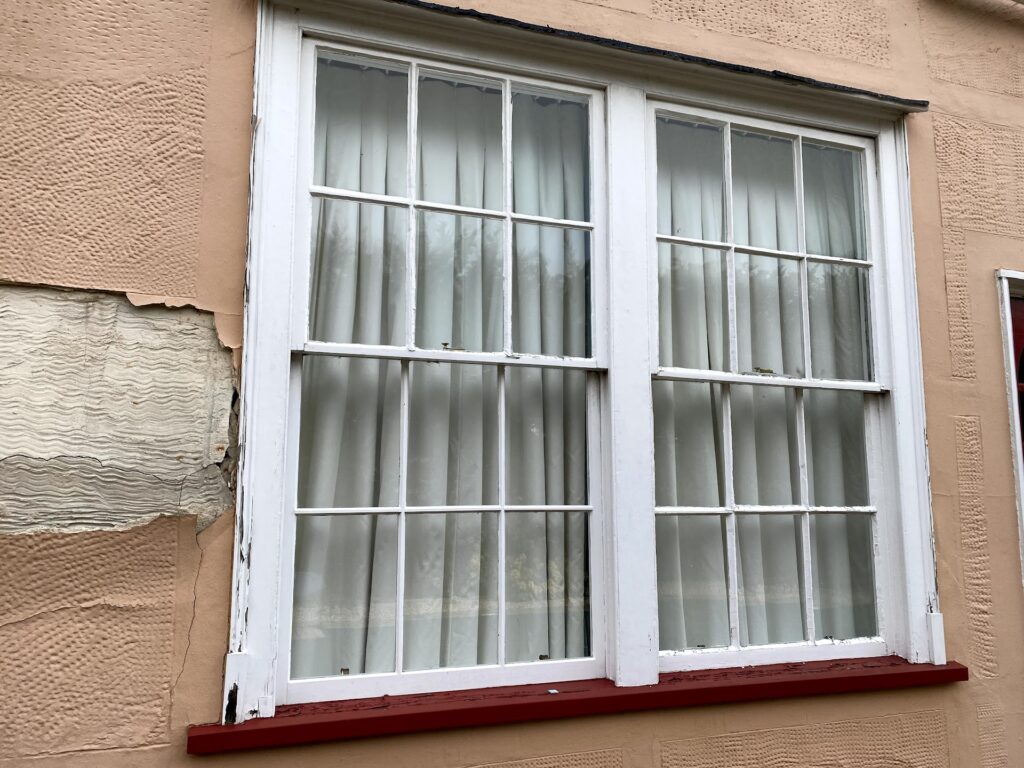
Outward opening casement windows are inherently tough to open from the outside, offering great security, and they also offer clearer views of the outside world than most sash windows.
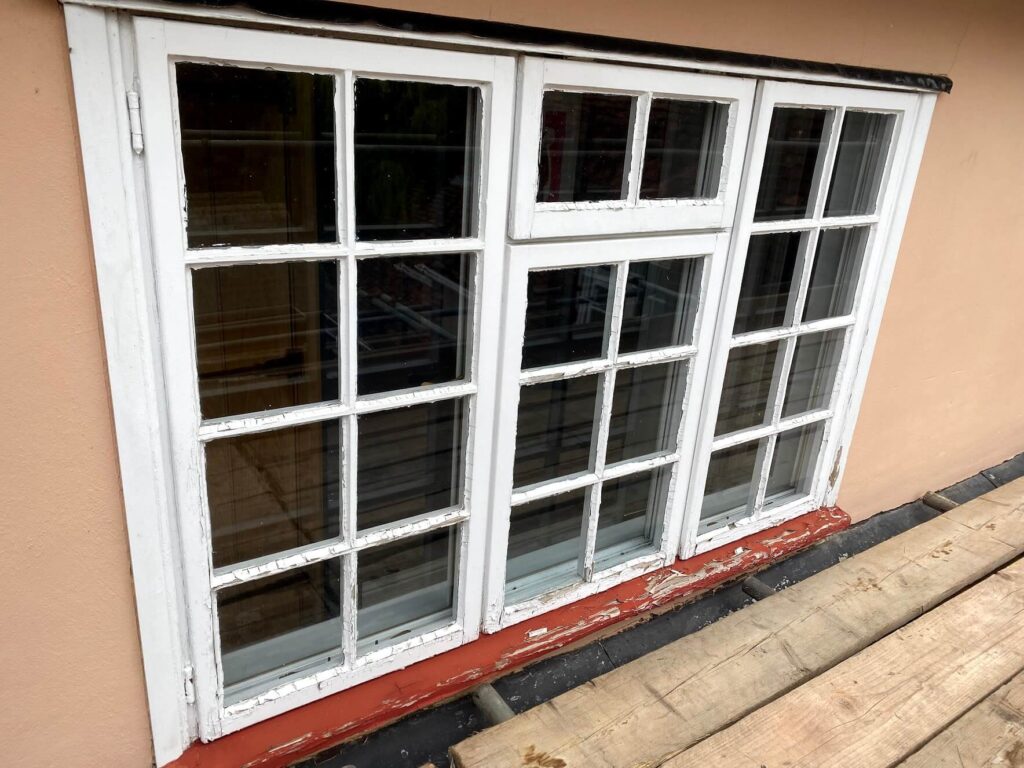
One important factor to keep in mind about sash windows is that their air leakage rate is often higher than that of casement windows. Consequently, people who have sash windows should look into whether they are draught proofed.
The difference between double and single-hung sash windows
As the name suggests, a single hung sash window has only one sash can that can be moved. In most cases, the lower sash can be moved, while the top sash remains fixed.
Conversely, double-hung sash windows have two moveable sashes. Double-hung sash windows are the more popular option, as they offer superior ventilation.
The key benefits of box sash windows
Box sash windows provide excellent benefits, especially in terms of thermal performance and acoustic insulation. Modern double-glazed sash windows equipped with slimline glazed units greatly enhance energy efficiency, reducing heat loss and helping to lower energy bills, compared to single-glazed sash windows.
In addition to thermal benefits, box sash windows offer excellent acoustic performance which is ideal for urban areas. The acoustic seals help to reduce external noise, creating a quieter indoor environment.
Box sash windows also provide excellent ventilation. You can improve airflow and naturally regulate the temperature of your home by opening the top and bottom sashes.
Additionally, box sash windows maintain the authentic appearance of heritage homes while offering modern conveniences. With options for dual colour finishes, bespoke designs, and a wide range of styles, you can modify your windows to suit both historic and modern properties without sacrificing aesthetics.
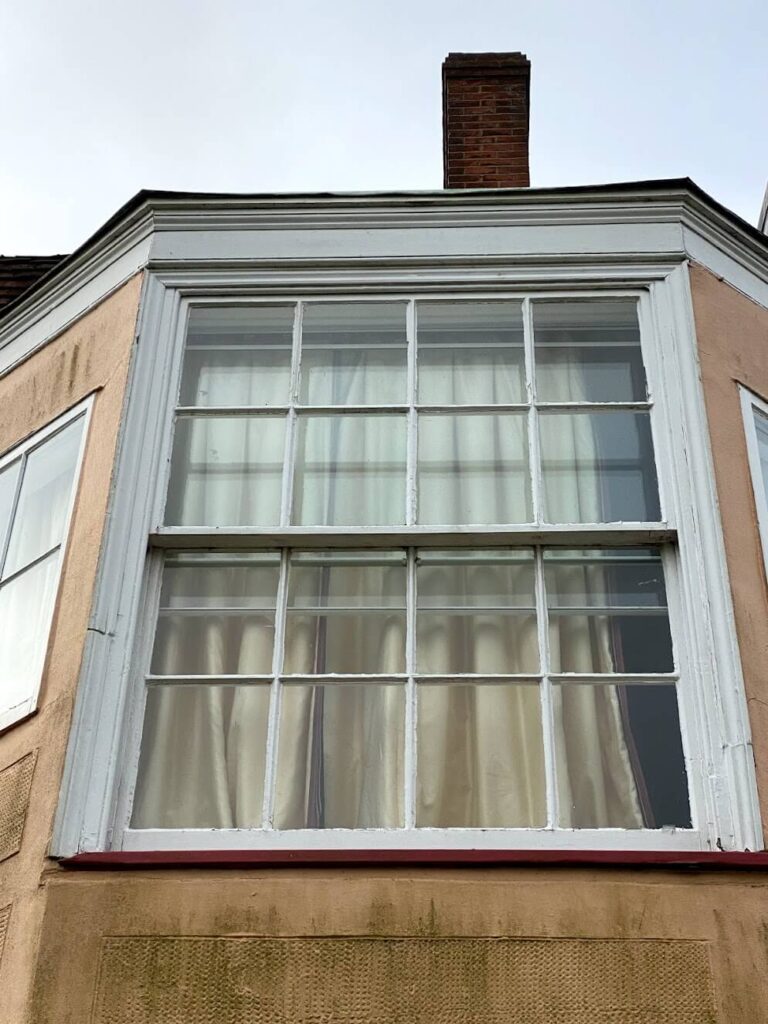
Why you may need to look into sash window repair and restoration
If you’ve had wooden sash windows for many years, now might be the time to check whether they need restoration or repair. Reasons why you may need to look into repairs include:
Aesthetics
Traditional box sash windows offer a beautiful contemporary look to your property. Therefore, it can be disheartening when signs of age and damage start to show. Sash window repair and restoration can revitalize your home while also preserving its heritage.
Practicality
Sash cords and pulley systems will become worn and faulty over time, making the window tough or even impossible to open and close. You can restore or replace these mechanisms to ensure your windows move smoothly once again.
Double Glazing
Those with old, single-glazed timber windows should consider upgrading to double-glazed. Double glazing reduces outside noise, lessens condensation, improves energy efficiency, and keeps your home warmer in the winter and cooler in the summer.
Draught Proofing
Sash windows usually have a high air leakage rate, so it’s important to know whether your wooden windows have been draught-proofed. Draught proofing has numerous benefits, including improved ventilation, lowered external noise, enhanced energy efficiency, and reduced water and dust.
FAQs
What is a box sash window?
Box sash windows have one or more movable panels, known as “sashes”. The majority of sash windows have two sashes that slide vertically, offering an opening at the top and bottom of the frame. This provides excellent ventilation, a convenient fire escape, and timber box sash windows provide a contemporary appearance suitable for conservation areas.
Sash and casement windows – what’s the difference?
Sash windows tend to open vertically, whereas casement windows predominantly open outward like a door. Also, sash windows usually need less maintenance than casement windows due to having fewer mechanisms, though casement windows have lower air leakage rates if the box sash window hasn’t been drought-proofed.
What types of weight are used in a box sash window?
Box sash windows predominantly use cast-iron weights.
The weights and pulleys system is the traditional sash window system, while spring balance is the more modern approach.
The spring balance approach still uses the same counterbalancing principles as the weight and pulley system but with a PVC tube and two springs.
How to measure box sash windows?
Like with most windows, the height and width are what needs to be measured.
For the height, measure the window within the box frame. Start at the top of the highest sash, all the way down to the bottom of the lowest sash.
For the width, measure the window horizontally within the box frame.
Read more articles

How long do wooden windows last
How long do wooden windows last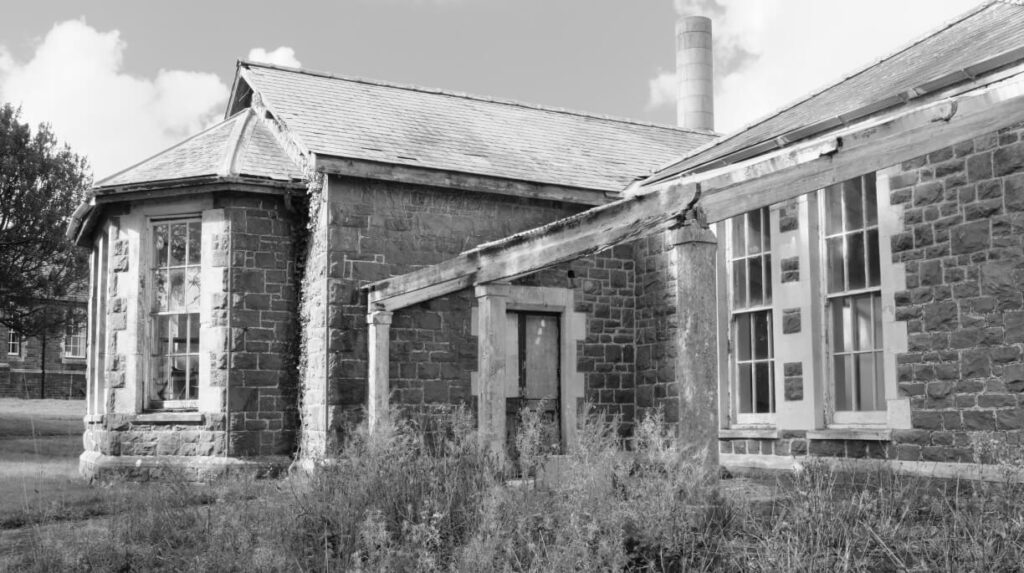
Conservation area windows – Replacement and refurbishment
Conservation area windows – Replacement and refurbishment
What is Low-E glass – Benefits & disadvantages
What is Low-E glass – Benefits & disadvantages